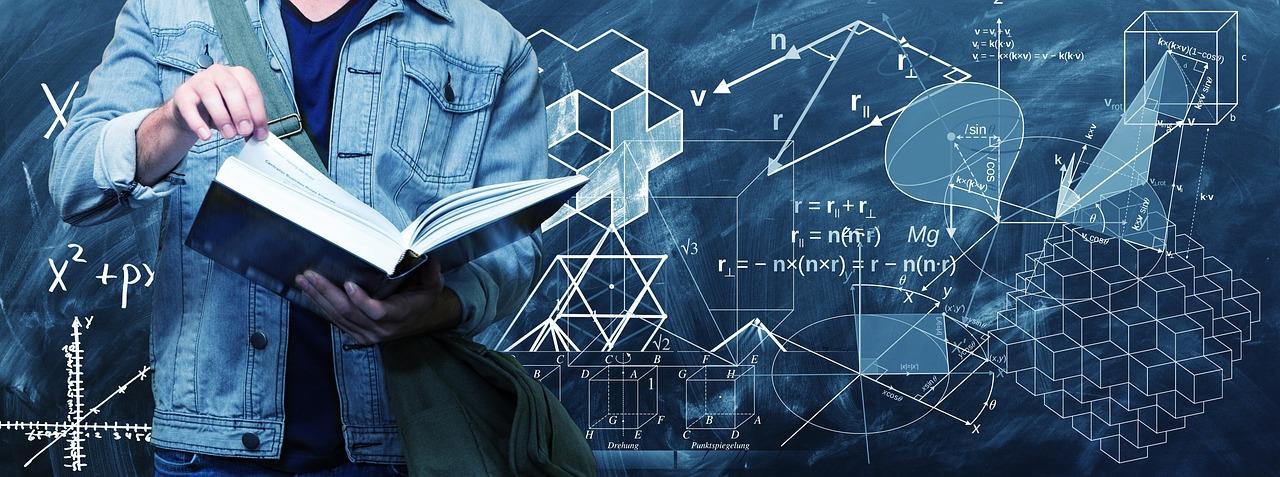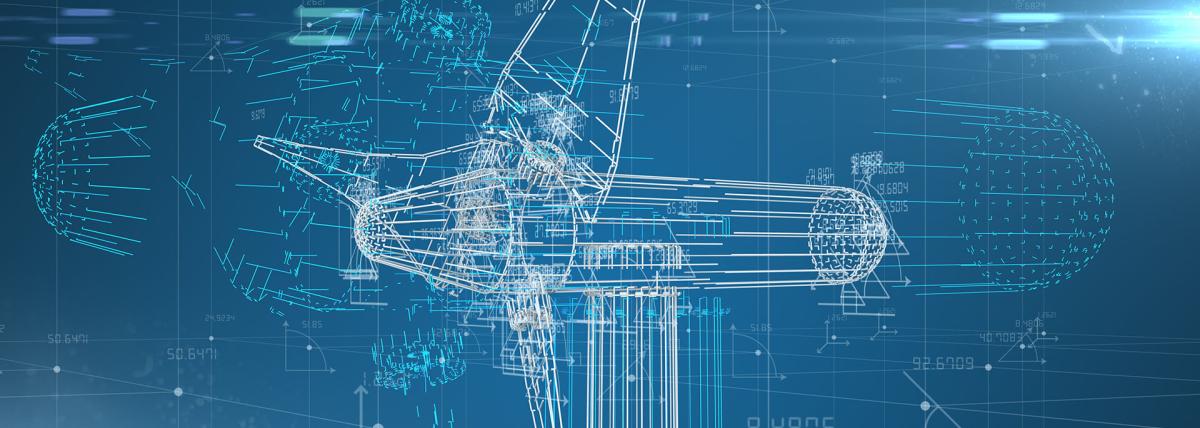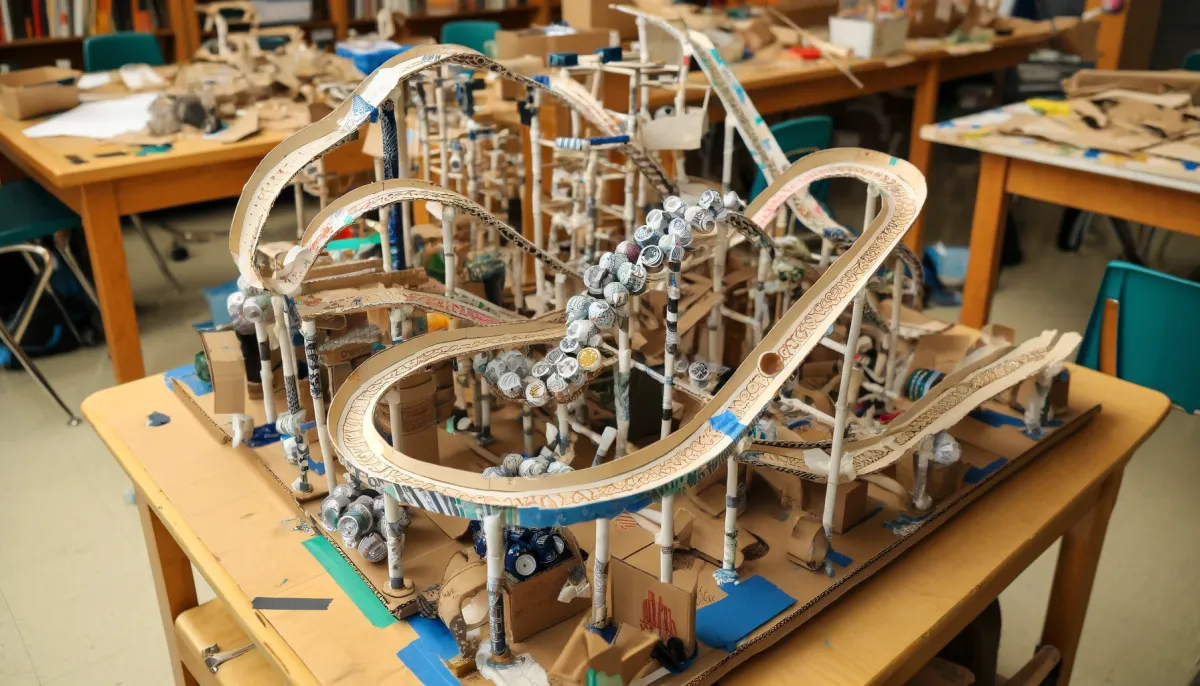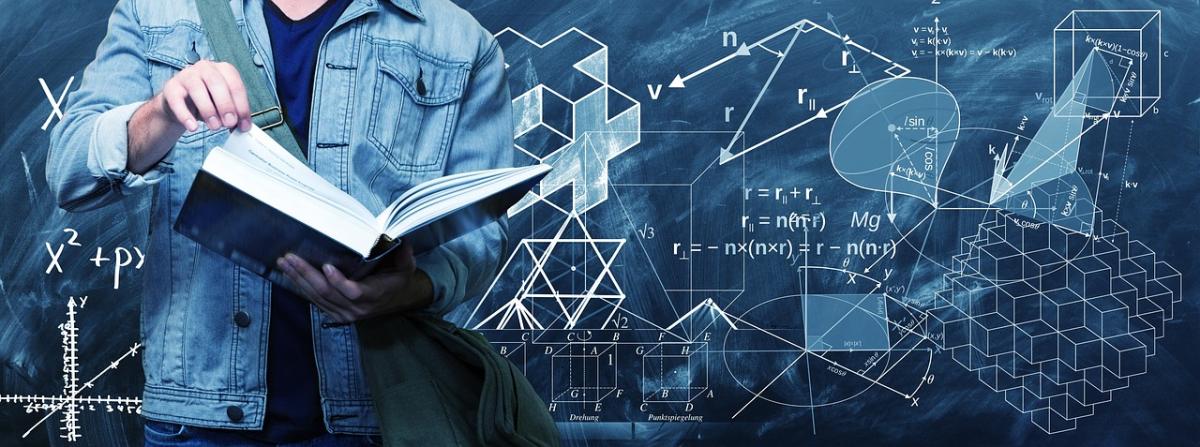
Art Fractals
This lesson is based on the Fibonacci sequence. Overlapping concepts of pattern, repetition, structure, scale, proportions are considerations for constructing an artistic, math-based sculpture.
Objectives:
Engineer a successful structure that repeats a sequence present in the natural world (or geometry or algebra).
Calculate the correct proportional increase of the pattern.
Evaluate and select effective materials for a purpose.
Demonstrate artistic and technical skills when problem solving.
Present the project to your audience.
Lesson Plan Link/URL
https://docs.google.com/presentation/d/141YwPW6VQmGYK7dE0Wxid4Qdc1nTH_dA/edit?u…Subject Area
Engineering S2: Apply the Engineering Design Process S6: Apply Communications to Engineering Mathematics Geometry (G) Ratio and Proportion (RP) Algebra (A)Related Content

Engineers often create small-size models of a new product to test its design. This is especially true with airplanes. Model testing tells engineers how a design responds to different air conditions


This is the final lesson of 4 lessons. In this lesson we are creating our design from lesson 3. This is a project-type lesson, so it is not done in a traditional manner. Students will create either